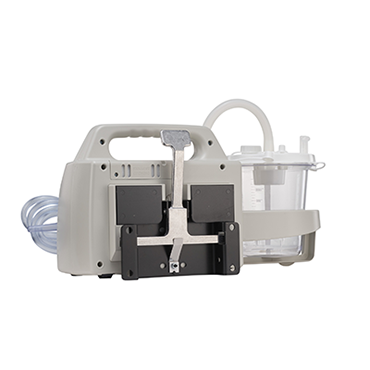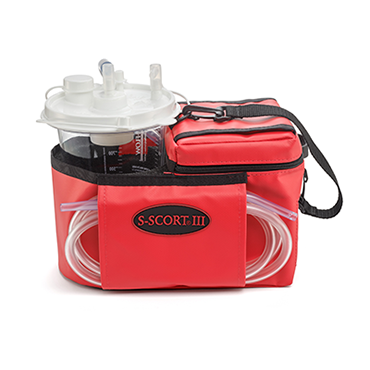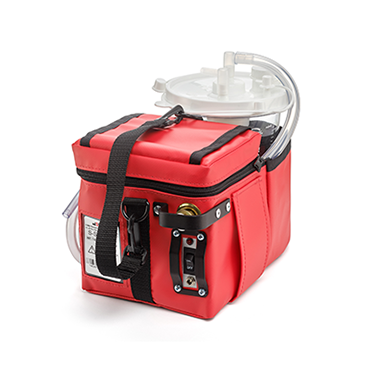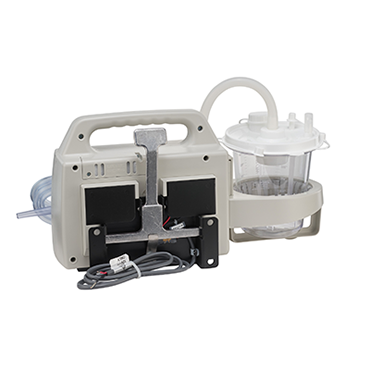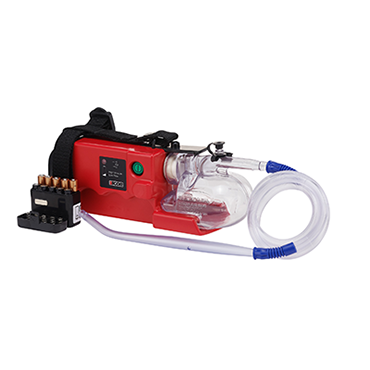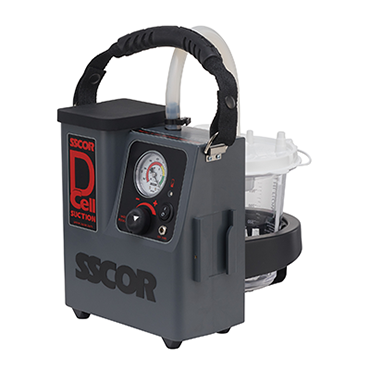
We all know that treating pediatric patients is nothing like treating adults. For one thing, young patients tend to add even more stress to any emergency. The infrequency with which emergency personnel treat pediatrics usually equates to less assurance and more anxiety. Children also require a separate set of drug dosages, which can be difficult to memorize when used so infrequently.
Fortunately, several useful tools are available to assist in treating these small patients. Tapes designed for children, with measurements that equate to drug dosages, provide immediate information when it comes to dosing. And some meds are even packaged specifically for pediatric scenarios.
But what about suctioning? Have you ever stopped to think about a tailored approach to suctioning pediatric patients? We’ve already discussed the many choking dangers in children and the importance of having suction available.
If you haven’t considered a direct plan of action, now is the time. Don't wait until you're in the middle of working on a code to map out the technique for suctioning your smallest patients.
Preplanning
Before you even receive the call, you should be thinking in terms of "what if." What if your next call is an unresponsive child–the victim of a baseball to the face–who is bleeding profusely and unable to protect his airway? This is not the time to hope your suction unit is functioning and that all the necessary accessories are in place. Checking your portable suction unit at the beginning of every shift is crucial. Here are a few reminders:
- Turn on the unit to ensure it runs.
- Inventory accessories, so you have an assortment of catheters on hand.
- Change out low batteries, so you'll have power when you need it.
- Make sure the unit is clean to prevent the spread of pathogens.
On Scene
Let's return to our pediatric patient at the baseball game. You've arrived at the scene, and your partner is maintaining C-spine. The patient is an 8-year-old who is unresponsive but breathing on his own. His vitals are stable, but he is bleeding profusely from his nose and mouth, where his two front teeth have been dislodged on impact.
Your rapid assessment indicates the patient needs immediate suctioning. Here are the signs:
- The patient is unable to clear their airway.
- There is fluid (in this case, blood) filling the airway.
- The risk of aspiration is high.
- The patient is unable to move air properly.
The challenges
You break open the portable suction unit and reach for a catheter. But before you choose, consider the challenges pediatric patients pose when performing oral suction:
- Smaller space to work: The tighter confines of their mouths and noses require a catheter with a smaller tip.
- Delicate tissues: Dial back the pressure and suction with extreme care, especially in infants and neonates.
- Time yourself: Prolonged suctioning will cause hypoxia much quicker than in adult patients, so keep tabs on the time.
- Watch for loose teeth: Dental eruption and loss are ongoing in kids, so always be alert for loose teeth to prevent obstruction.
After these careful considerations, you’re ready to get to work.
The steps
- Choose the proper catheter—small tip for children, and consider a soft French for infants and neonates.
- Position your patient. The child should be supine, but you may have to pad the shoulders to keep the head in neutral alignment and to prevent flexing of the neck.
- Open the patient’s mouth using the two-finger technique or jaw thrust in cases of trauma.
- Begin suctioning until the airway is clear or it is time to ventilate (limit suctioning to under 10 seconds).
- Repeat if required, or monitor carefully for recurring blockages (bleeding).
Once you’ve cleared the airway, apply a dressing to the front of the mouth to control bleeding, and monitor the child closely to keep the airway patent. The child is packaged for transport and delivered to the ER.
All calls should go so smoothly. And with proper preplanning and calculated foresight, you improve your odds of success significantly. So, keep these factors in mind when faced with pediatric patients in need of suction to ensure a positive outcome.
Editor's Note: This blog was originally published in October 2022. It has been re-published with additional up-to-date content.








